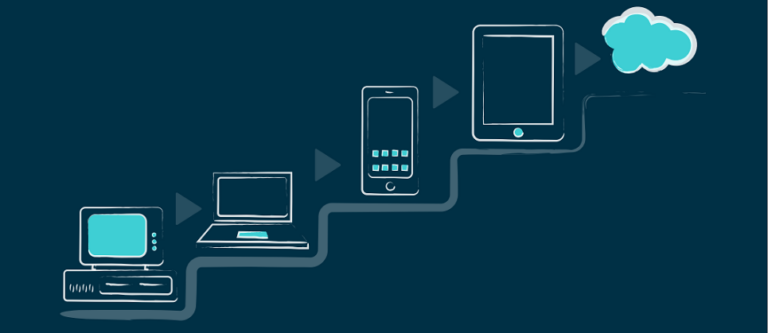Many years of hard won experience has taught me that, when it comes to systems development the key is evolution not revolution. Your old systems contain precious business information and — as tempting as it may be to wipe the slate clean and start all over again — throwing them out entirely just doesn’t make good business sense. It’s far better to take small steps and make changes as part of a rational and sequenced process. Let me explain.
History is littered with examples of brands that have tried to reinvent the wheel and lost out as a result. New products like New Coke, new logos (Gap) and new names (Post Office/Consignia) are all examples of reckless clean-slate thinking that failed to take account of all the good qualities of the existing brand.
When anything needs improving, it is tempting to start with a clean sheet of paper. And newcomers often do just that — think Easyjet, First Direct and Amazon. These upstarts disrupted stagnant sectors and created valuable new propositions as a result.
Systems are different, however. A system that has been around for 20 years represents 20 years of continuous work, not just the two years that it took to develop. Fixes, features and refinements will have been introduced over the years until the system operating today may be quite different from the original. Yes, there are improvements to make. However, there are also valuable assets — data, knowledge, tools and user interfaces — which have an important place in the new improved system.
The good news is that modern and legacy applications can coexist happily — living together in perfect harmony, happily ever after.
As an example, here at Desynit we help people integrate Salesforce into their businesses. Bringing in a powerful CRM like Salesforce doesn’t mean you have to scrap your existing systems and processes. A smart integration process will unlock the business knowledge to work in a new way with a modern, cloud-based platform like Salesforce.
However attractive a clean break may appear, total revolution is a high risk, high failure option. Take small steps to change an existing system incrementally for a more robust and cost-effective end result.
Perhaps the most epic fail of all has been the development of a brand new NHS customer care records system. The work was abandoned after costs escalated from £4.6 billion to £25 billion and rising. It ultimately failed because the complexity of the system had been grossly underestimated. (If you’re curious read the story here).
Maybe someone should have told the NHS to think evolution rather than starting again! But that’s the revolutionary approach for you. It’s a high risk, high failure option.
It doesn’t have to be like this.
System evolution has enabled many of our customers to improve their systems — without any disruption or downside. Take The Retention People. This customer service software supplier had a perfectly good back end ordering system in place that was robust and fit for purpose. What they didn’t have was a “customer view”. They added on the Salesforce CRM on to the front of this ordering system and the two systems could then talk to one another. What they didn’t do was to throw out the existing order set up they have and start again.
Now they have further incremental changes planned — including automation and customer communities. This was all made possible by gaining the CRM functionality, while keeping the valuable processes they already had in place.
What do you think? Evolution or revolution – what the best way when it comes to systems development in your business?

Our independent tech team has been servicing enterprise clients for over 15 years from our HQ in Bristol, UK. Let’s see how we can work together and get the most out of your Salesforce implementation.